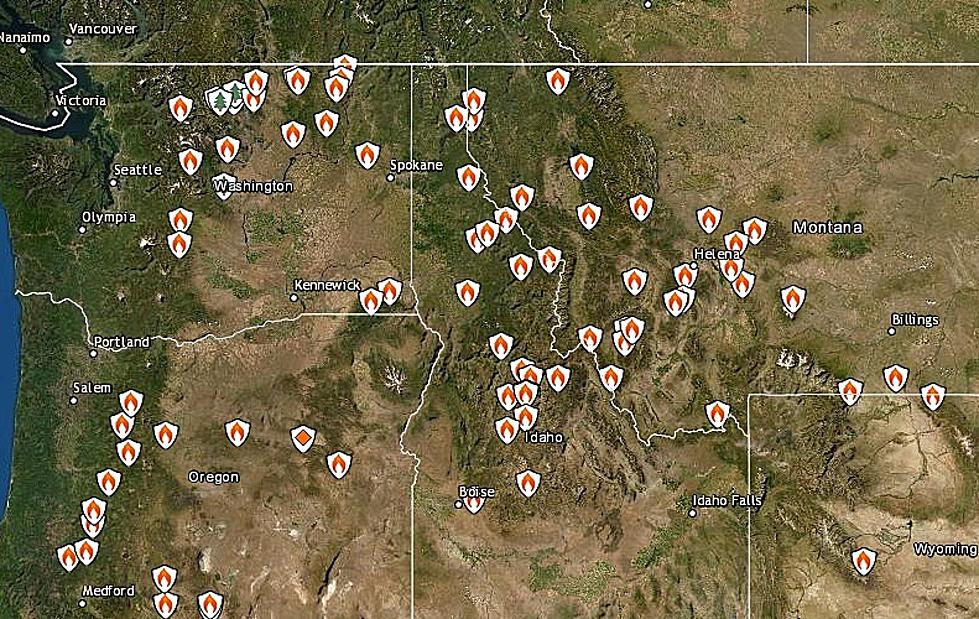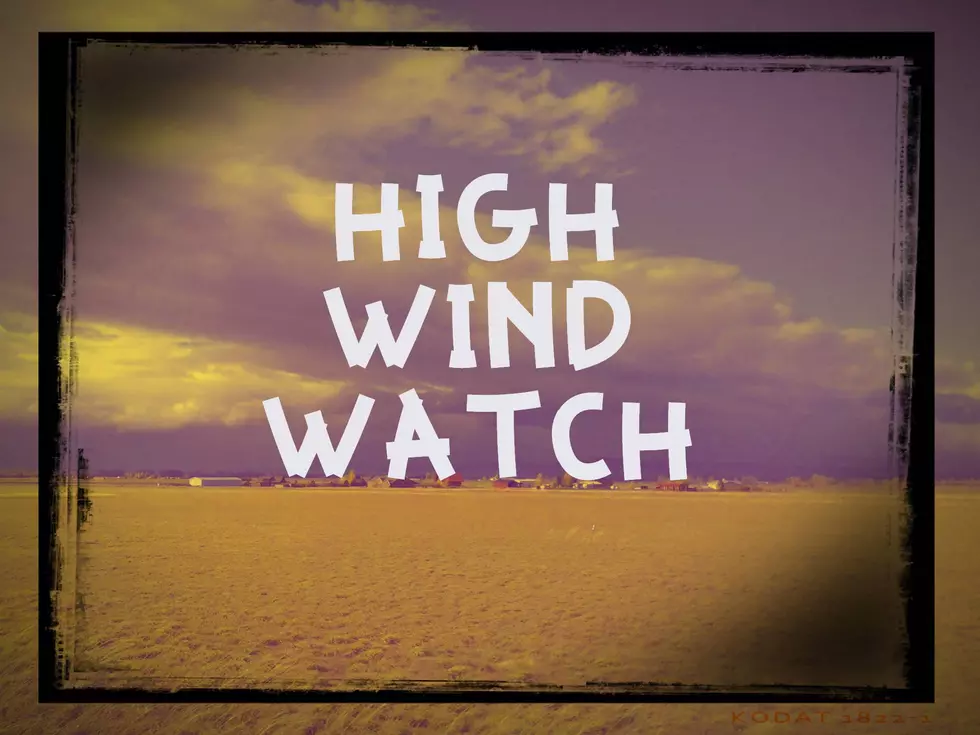
Wednesday: Red Flag Warning for Most of Montana
Cooler temps are on the way, but not today. A good chunk of the entire state will have gusty winds and temperatures in the 80s on Wednesday. That makes for dangerous conditions, prompting a Red Flag Warning for most of Montana.
Thankfully, we've been dealing with MUCH better air quality for several days. However, there are still plenty of wildfires burning in Montana and the surrounding states. (Wyoming has many of it's own Red Flag Warnings in effect for Wednesday too.)
A cold front will be moving into the area later today which will bring the erratic winds, increasing the danger of fire spread. (MUCH cooler temperatures are forecasted for Sunday and Monday with the chance of real rainfall increasing.)
According to the National Weather Service:
- WHAT: A RED FLAG WARNING REMAINS IN EFFECT FROM 10 AM THIS MORNING TO 9 PM THIS EVENING.
- IMPACTS: Low humidities, unseasonably warm temperatures, strong gusty winds, and wind shift with a cold front will create erratic fire behavior and new fire starts.
- AFFECTED AREA: In South Central MT Fire Zones...123...124...125...126...127 128...129. In Southeast MT Fire Zones...130...131...132. In Southeast MT and Northwest SD Fire Zone...133. (Please see the Fire Zone Map for Montana below for better reference on where this Red Flag Warning is in effect.)
- COUNTIES AFFECTED: In Central MT...Golden Valley...Musselshell...Wheatland. In North Central WY...Big Horn...Johnson...Sheridan...Washakie. In Northwest SD...Harding. In South Central MT...Big Horn...Carbon...Park...Stillwater Sweet Grass...Yellowstone. In Southeast MT...Carter...Custer...Fallon...Powder River Rosebud...Treasure. In Southwest MT...Gallatin.
- COLD FRONT: Late this afternoon and evening.
- WIND: West 10 to 20 mph with gusts up to 35 mph, shifting to the north with the cold front moving in.
- HUMIDITY: As low as 11 percent.
- TEMPERATURES: As high as 89 degrees.
- PRECAUTIONARY/PREPAREDNESS ACTIONS... A Red Flag Warning means that critical fire weather conditions are either occurring now, or will shortly.
- A combination of strong winds, low relative humidity, and warm temperatures can contribute to extreme fire behavior.
LOOK: The most expensive weather and climate disasters in recent decades
More From The Moose 94.7 FM









